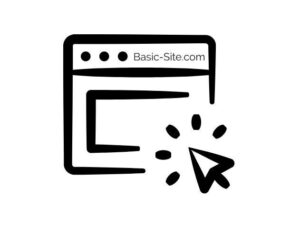
Website optimization refers to the process of making changes to a website in order to improve its performance, user experience, and visibility in search engine rankings. The goal of website optimization is to enhance various aspects of a website to attract more visitors, increase engagement, and achieve specific business objectives.
Optimization
Website optimization typically involves the following 7 key areas: 1) Speed and Performance: Optimizing the website's load time and responsiveness to ensure quick and smooth user experiences. This includes optimizing code, compressing images, leveraging caching techniques, and minimizing server response times. 2) Mobile Responsiveness: Designing and optimizing the website to be compatible with various devices and screen sizes, ensuring a seamless experience for mobile users. Mobile optimization is crucial as mobile browsing has become increasingly prevalent. 3) User Experience (UX) Design: Improving the overall usability and navigation of the website to enhance user satisfaction. This involves simplifying navigation, organizing content effectively, improving readability, and minimizing user frustrations. 4) Search Engine Optimization (SEO): Optimizing the website's content and structure to improve its visibility in search engine rankings. SEO techniques involve keyword research, optimizing meta tags, creating high-quality and relevant content, and improving website architecture for search engine crawlers. 5) Conversion Rate Optimization (CRO): Focusing on improving the website's ability to convert visitors into desired actions, such as making a purchase, filling out a form, or subscribing to a newsletter. CRO techniques involve A/B testing, optimizing calls-to-action, improving landing pages, and enhancing the overall user journey. 6) Analytics and Tracking: Implementing tracking tools, such as Google Analytics, to gather data and insights about website performance, user behavior, and conversions. This data is used to identify areas for improvement and make data-driven decisions. 7) Security and Reliability: Ensuring the website is secure from potential threats, such as hacking or data breaches, and implementing measures to protect user information. Additionally, optimizing the website's uptime and reliability is essential to prevent downtime and maintain a positive user experience.
Website
By optimizing these aspects of a website, businesses can enhance their online presence, attract more organic traffic, engage users effectively, and achieve their desired goals, whether it be generating leads, driving sales, or increasing brand visibility.
